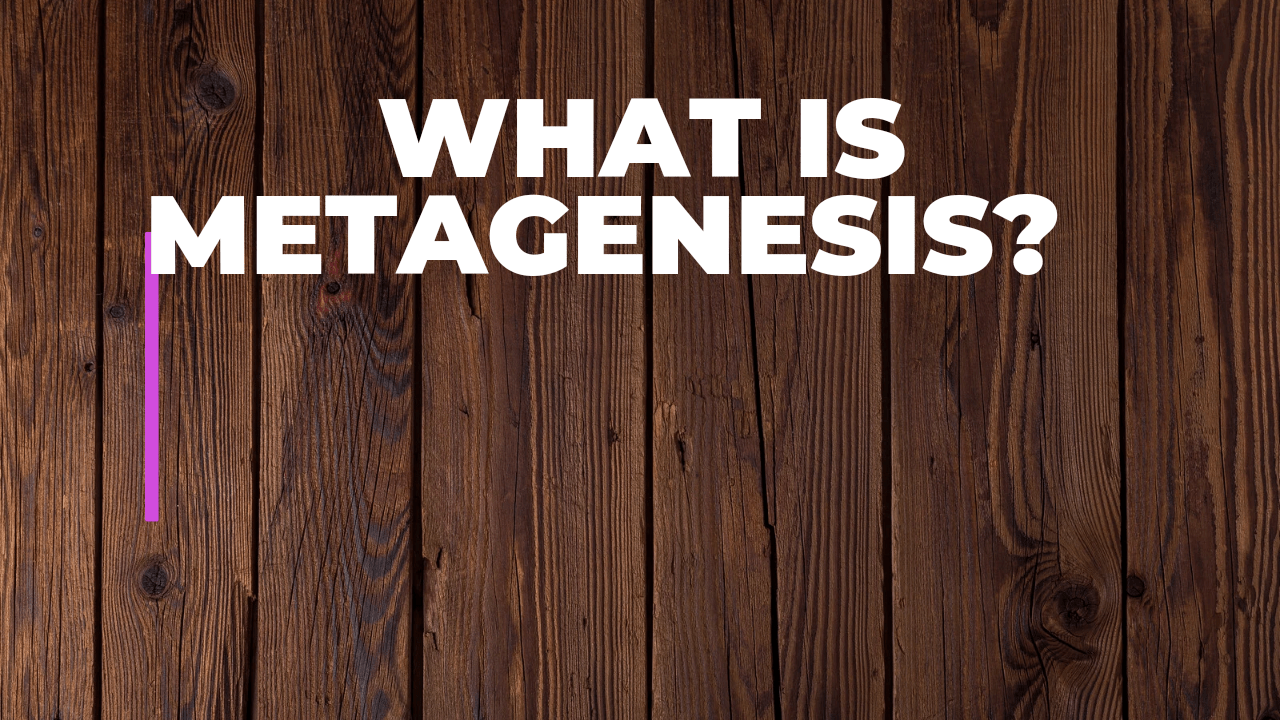Metagenesis is a term used in biology to describe the development of an organism from an egg or other reproductive structure that has not been fertilized by a male gamete.
This can occur through a variety of mechanisms, including parthenogenesis, gynogenesis, and apomixis. In parthenogenesis, an egg develops into an embryo without fertilization.
In gynogenesis, an egg is fertilized by a sperm, but the male genome is not incorporated into the developing embryo.
In apomixis, a new individual is produced from an asexual reproductive structure, such as an ovule or a spore, rather than from an egg.
What are the examples of metagenesis?
There are many examples of metagenesis in the natural world. Some examples include:
- Parthenogenesis: Many species of invertebrates, including aphids, water fleas, and some species of bees, wasps, and ants, can reproduce through parthenogenesis.
- Gynogenesis: Some species of fish, such as the Amazon molly, can reproduce through gynogenesis. In these species, the eggs are fertilized by sperm, but the male genome is not incorporated into the developing embryo.
- Apomixis: Some plant species, such as the dandelion, can reproduce through apomixis, in which a new individual is produced from an asexual reproductive structure, such as an ovule or a spore.
- Androgenesis: Some species of fungi, such as the bread mold Neurospora crassa, can reproduce through androgenesis, in which an egg is fertilized by a sperm, but the female genome is not incorporated into the developing embryo.
